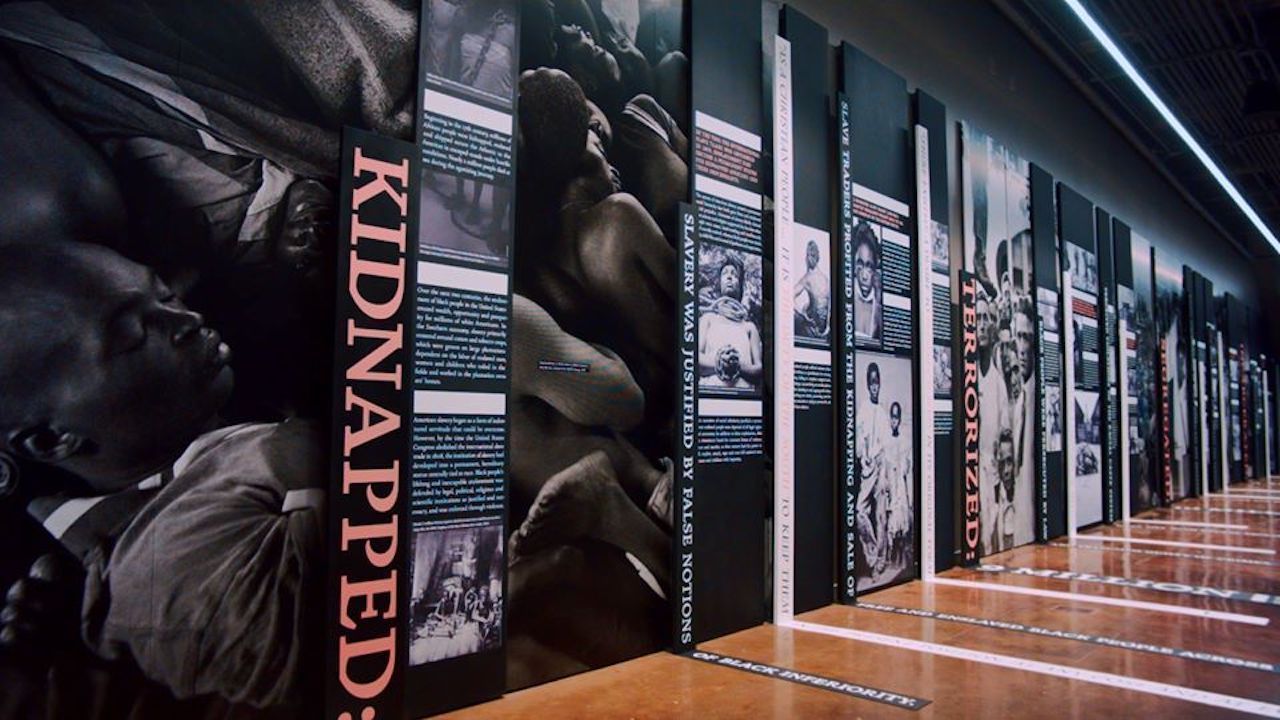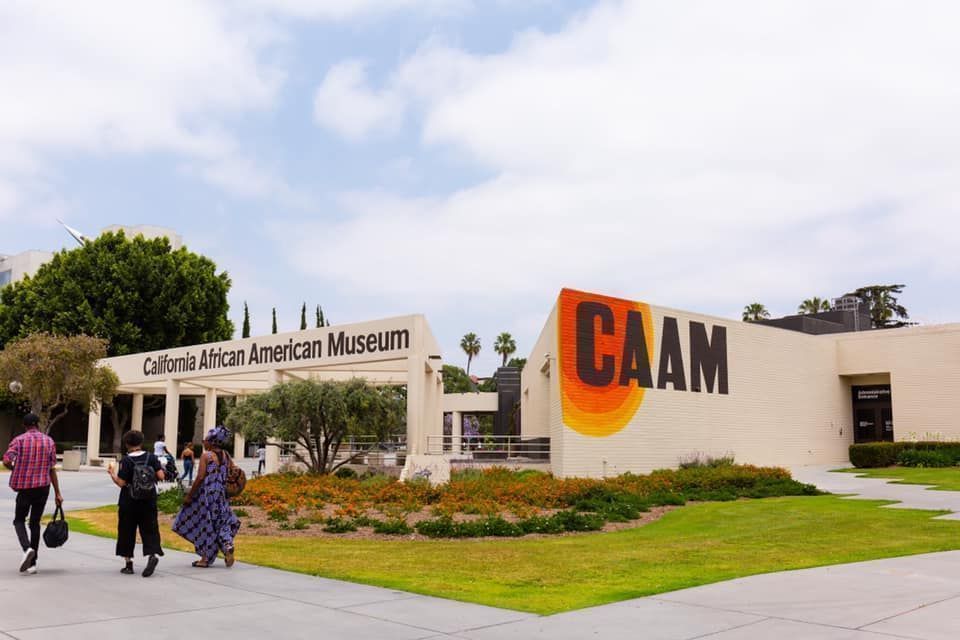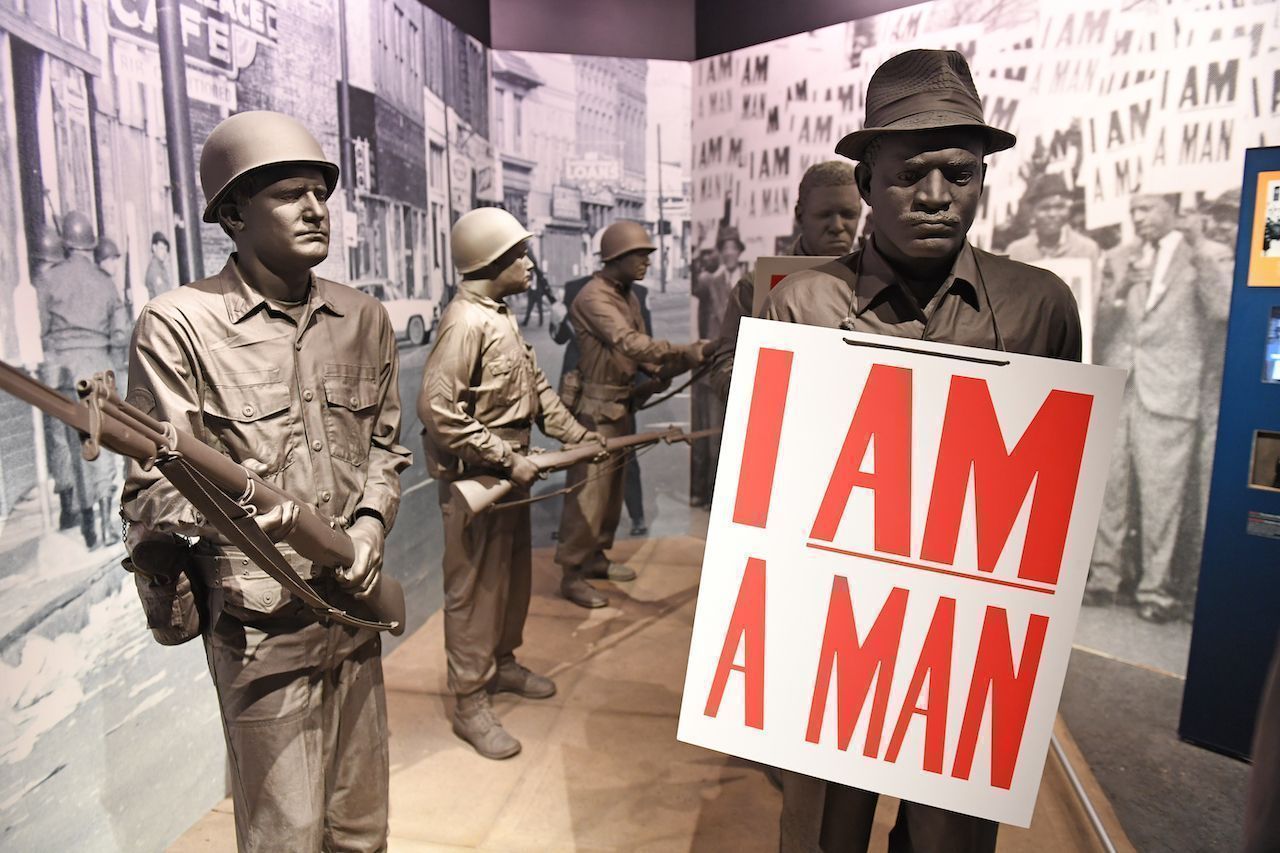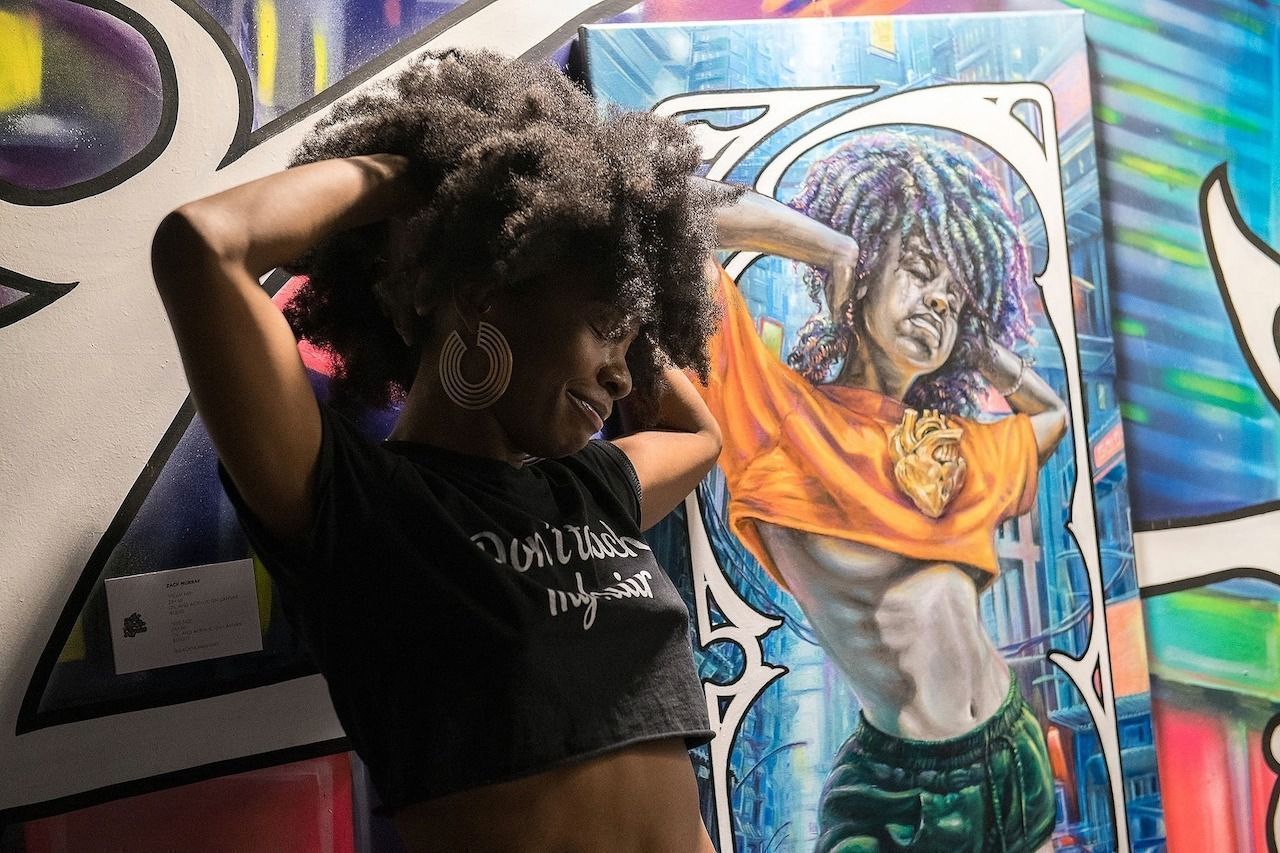2020 is the 155th anniversary of the abolition of slavery in the United States. Here’s the list of museums, memorials, and historic sites you’ve got to see this year.
We pored over the websites of all the best-known African American cultural and heritage institutions to find those that are running fantastic exhibits, like the Negro Motorists Green Book at the National Civil Rights Museum in Memphis, Tennessee. We also considered the legacies of luminaries and the experiences of everyday people. For example, one site is celebrating W.E.B. Du Bois’ environmental activism, and another is marking the 95th anniversary of the Brotherhood of Sleeping Car Porters.
From DC to California, this list covers all cardinal points on the compass, and the events and learning opportunities are a mix of serious and celebratory. Wherever you are in the country, we hope at least one of these places is within reach, but they are all worth a road trip. Here are the must-see African American heritage sites in the US this year.






